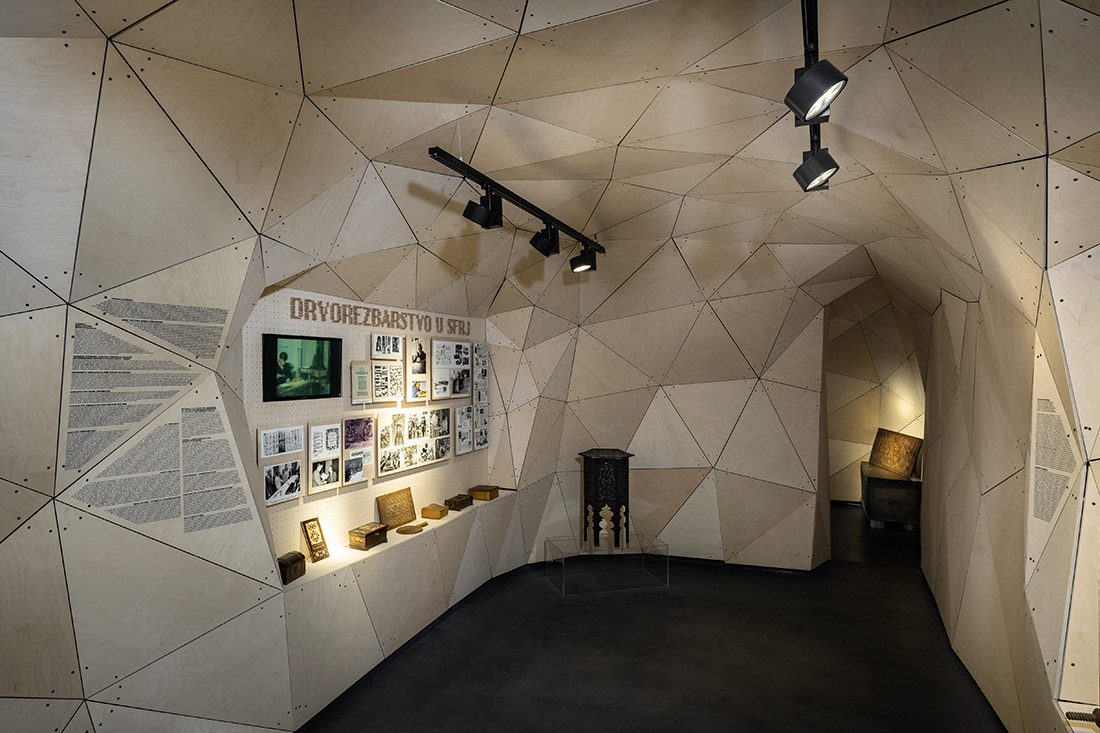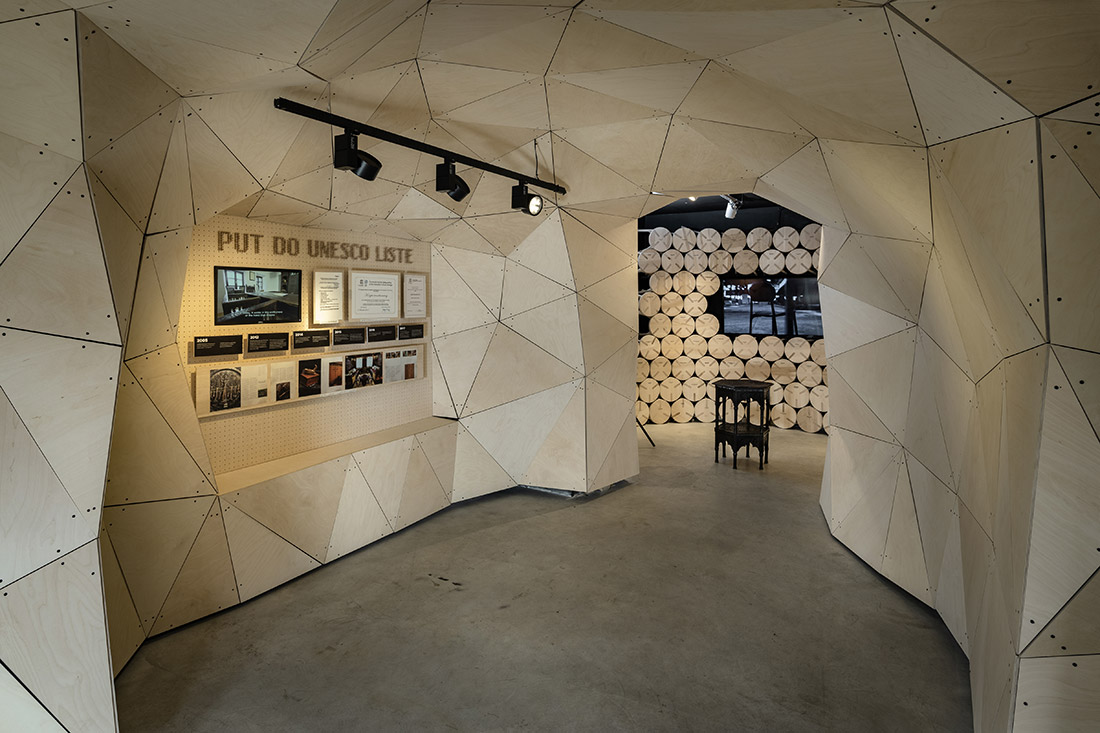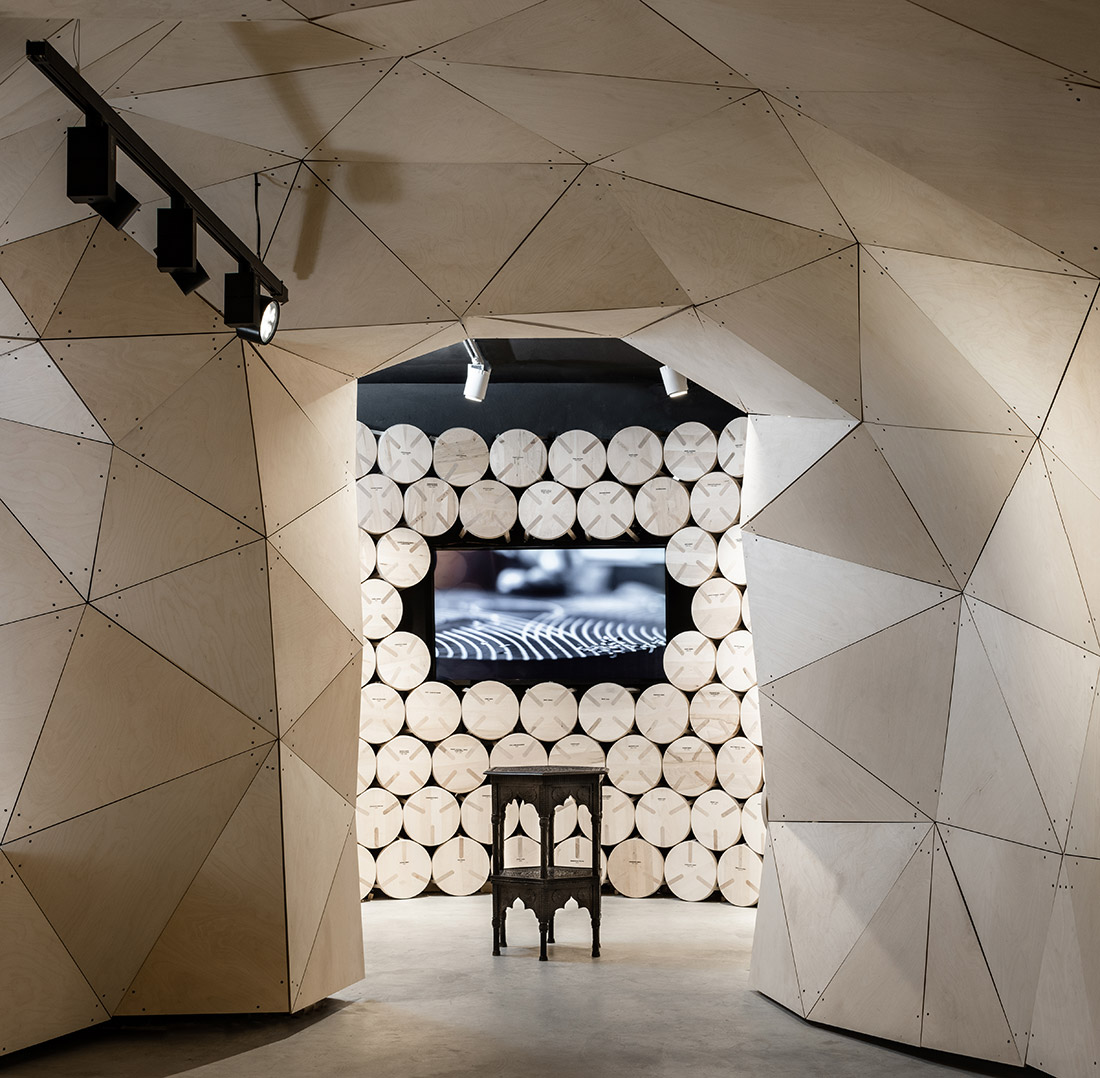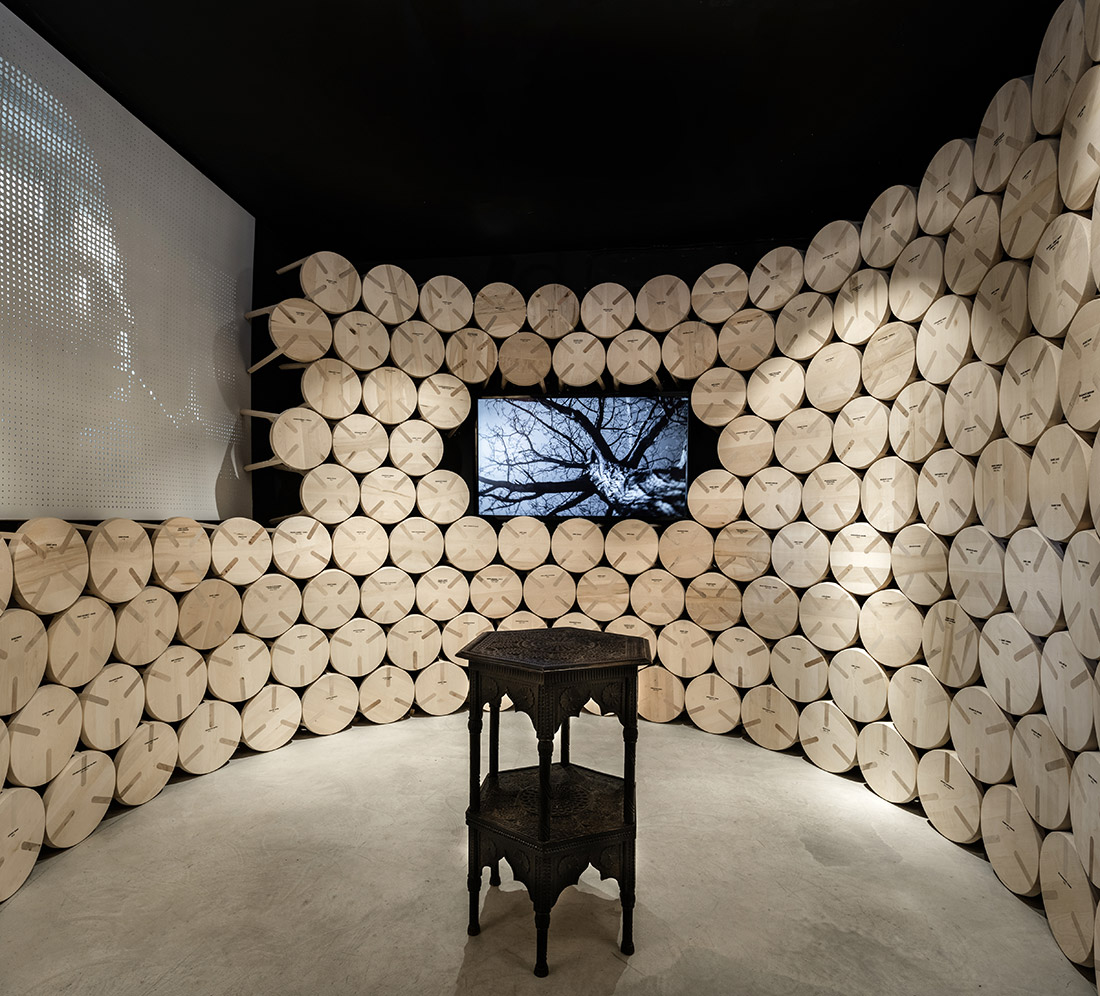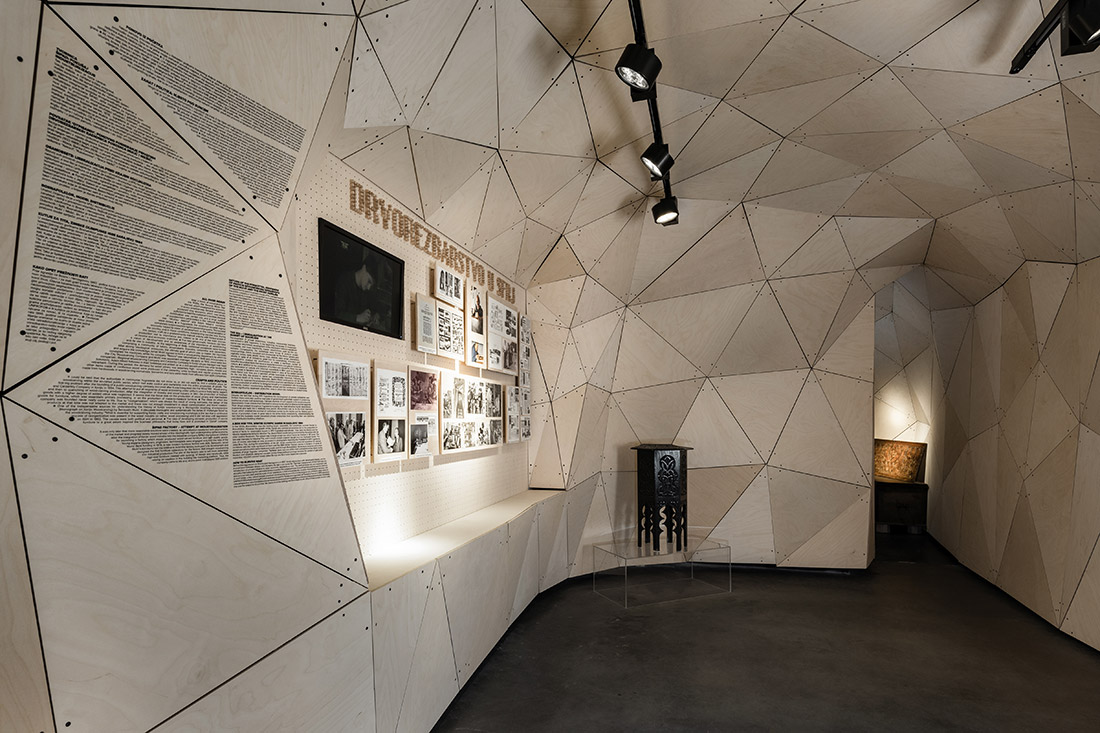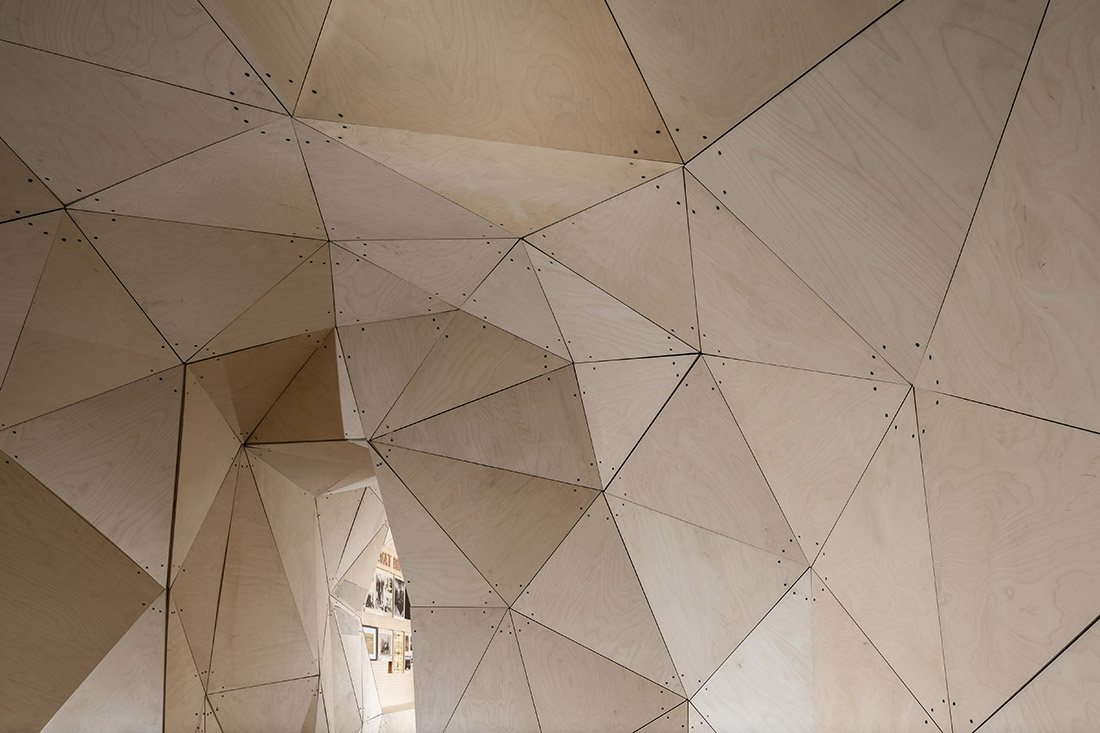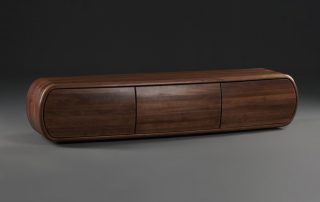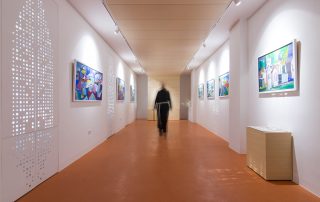The idea behind the design of the woodcarving museum in Konjic is to simulate the movement through time in such a way that it moves relatively quickly from one time and space to another. Accordingly, the notion of a wormhole or Einstein-Rosen bridge served as the main inspiration. The entire museum was formed as one tunnel that connects two end points – the beginning of woodcarving and the present. Namely, the form itself initially represented a complex double-curved surface, which had to be rationalized for the needs of efficient execution, but not to lose its initial character. Through the given algorithms, a number of several different solutions were tested and a structure of 978 panels and 1351 interconnections was selected. The local residents also contributed greatly to the collection of museum material with various artifacts, newspaper clippings, stories and the like. This move activated the local population, but also raised awareness of the additional preservation of crafts and local skills that have been perfected for many years. The exhibition is divided into historical stages, but it is designed to be flexible, because it is calculated that there is still a lot of potential material that is not even known, and which the museum will be able to receive.
What makes this project one-of-a-kind?
There are few aspects of this unique project. Its shell is made entirely out of 970 wooden triangles and make a large 3D puzzle. It is formed as a tunnel mimicking “worm hole” as a time travel from one end to another. It is designed and produced with local work force. It accommodates artefacts and stories of a UNESCO protected craft since Hand-carving was inscribed in the list in 2017.
